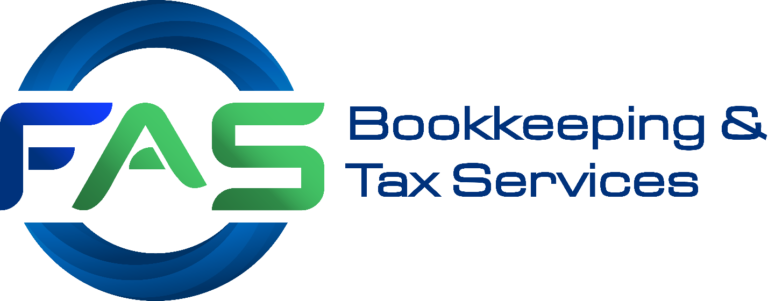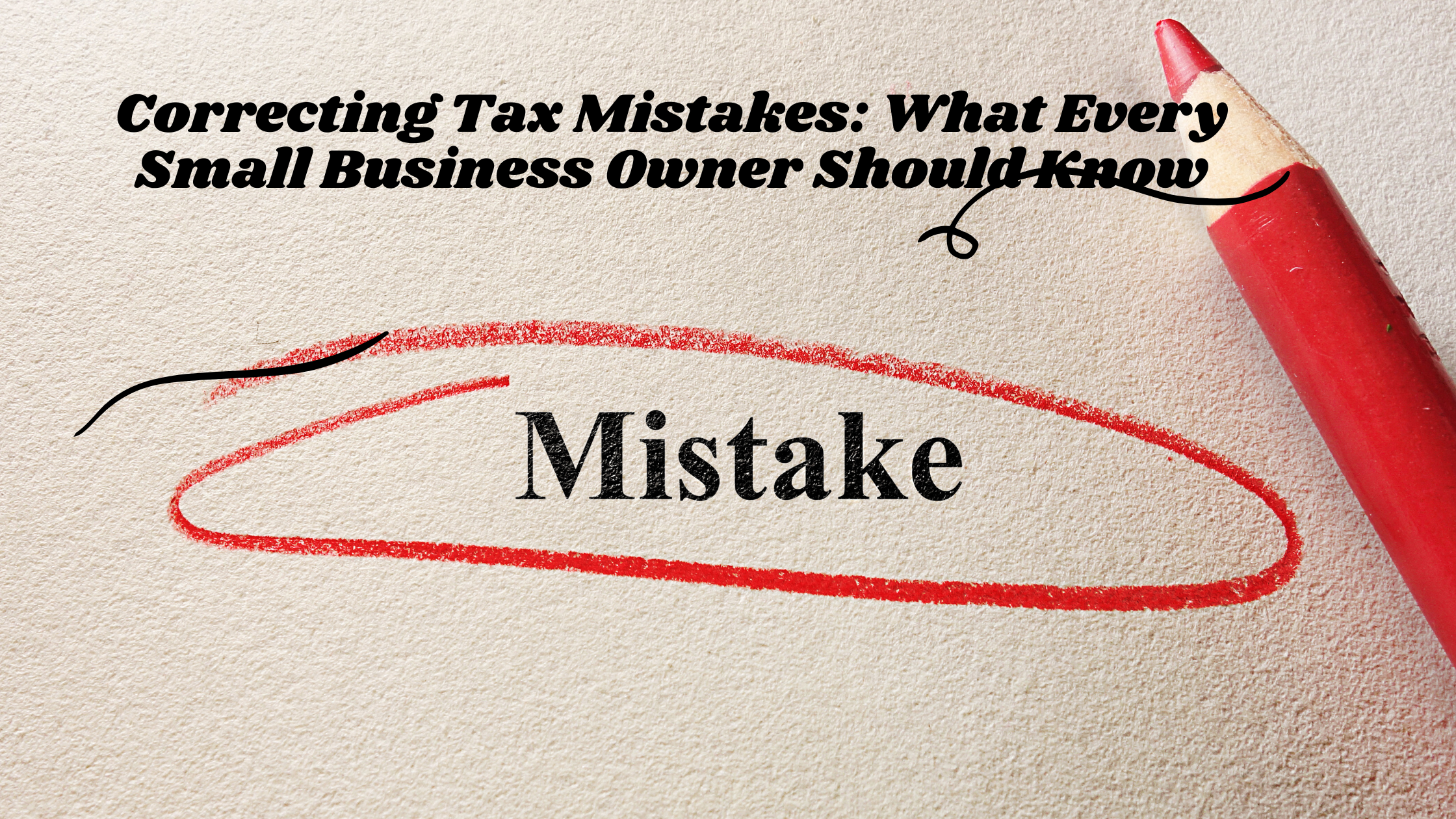While many taxpayers already know about Individual Retirement Arrangements, or IRAs, and have set up an IRA with a bank or other financial institution, a life insurance company, mutual fund or stockbroker, there are other taxpayers such as those new to the workforce who may not understand how IRAs help them save for retirement. With this in mind, here is a list of basic terms to help people better understand their IRA options:
Contribution. The money that someone puts into their IRA. There are annual limits to contributions depending on their age and the type of IRA.
Distribution. The amount that someone withdraws from their IRA.
Required Distribution. There are requirements for withdrawing from an IRA:
- Someone generally must start taking withdrawals from their IRA when they reach age 70 1/2.
- Due to tax provisions in the 2019 SECURE Act, if a person’s 70th birthday is on or after July 1, 2019, they do not have to take withdrawals until age 72.
- Special distribution rules apply for IRA beneficiaries.
Traditional IRA. An IRA where contributions may be tax-deductible. Generally, the amounts in a traditional IRA are not taxed until they are withdrawn.
Roth IRA. This type of IRA that is subject to the same rules as a traditional IRA but with certain exceptions:
- A taxpayer cannot deduct contributions to a Roth IRA.
- For some situations, qualified distributions are tax-free.
- Roth IRAs do not require withdrawals until after the death of the owner.
Savings Incentive Match Plan for Employees. This is commonly known as a SIMPLE IRA. Employees and employers may contribute to traditional IRAs set up for employees. It may work well as a start-up retirement savings plan for small employers.
Simplified Employee Pension. This is known as a SEP-IRA. An employer can make contributions toward their own retirement and their employees’ retirement. The employee owns and controls a SEP.
Rollover IRA. This is when the IRA owner receives a payment from their retirement plan and deposits it into a different IRA within 60 days.
For more information about this topic, don’t hesitate to contact us today!




